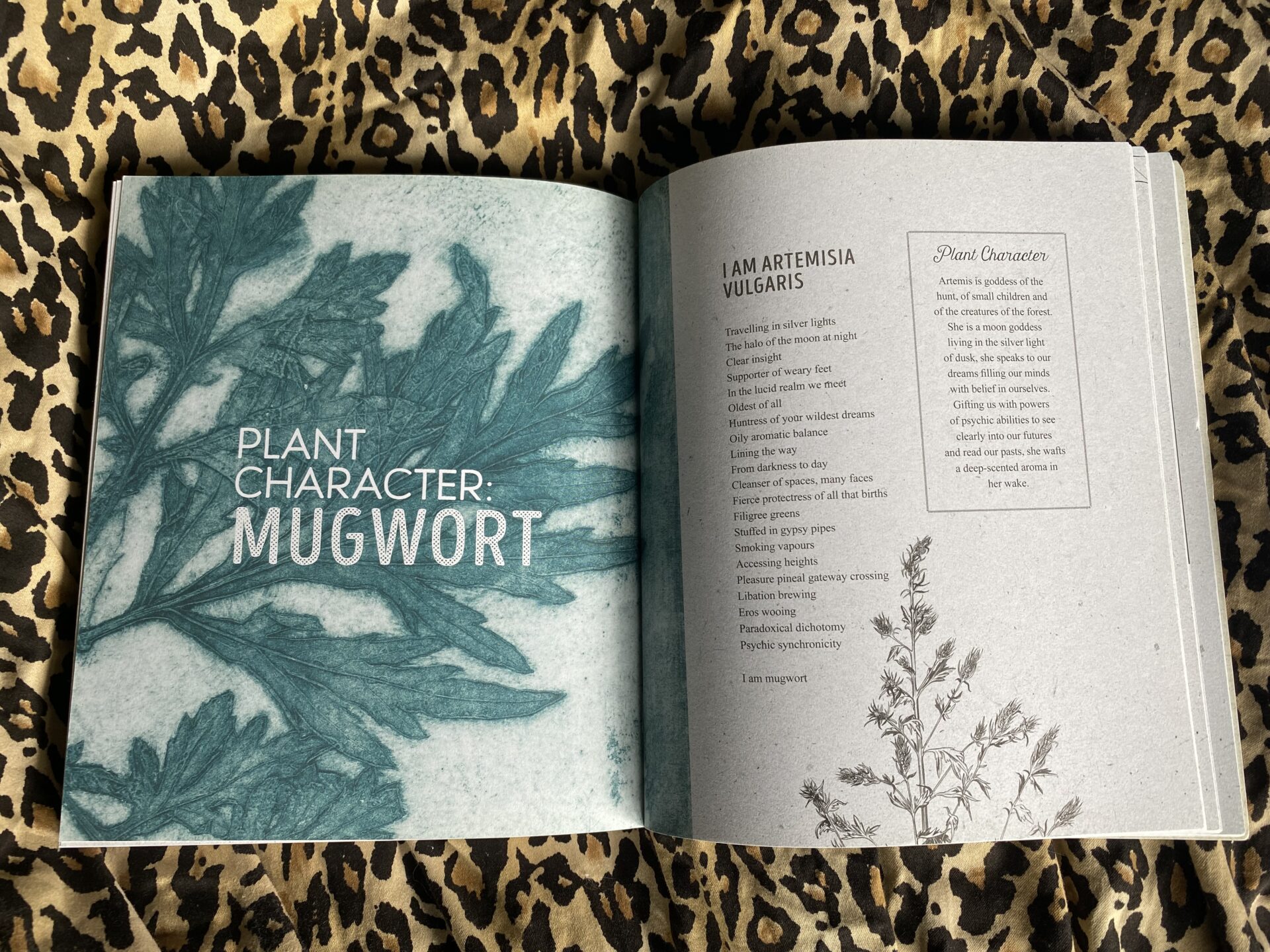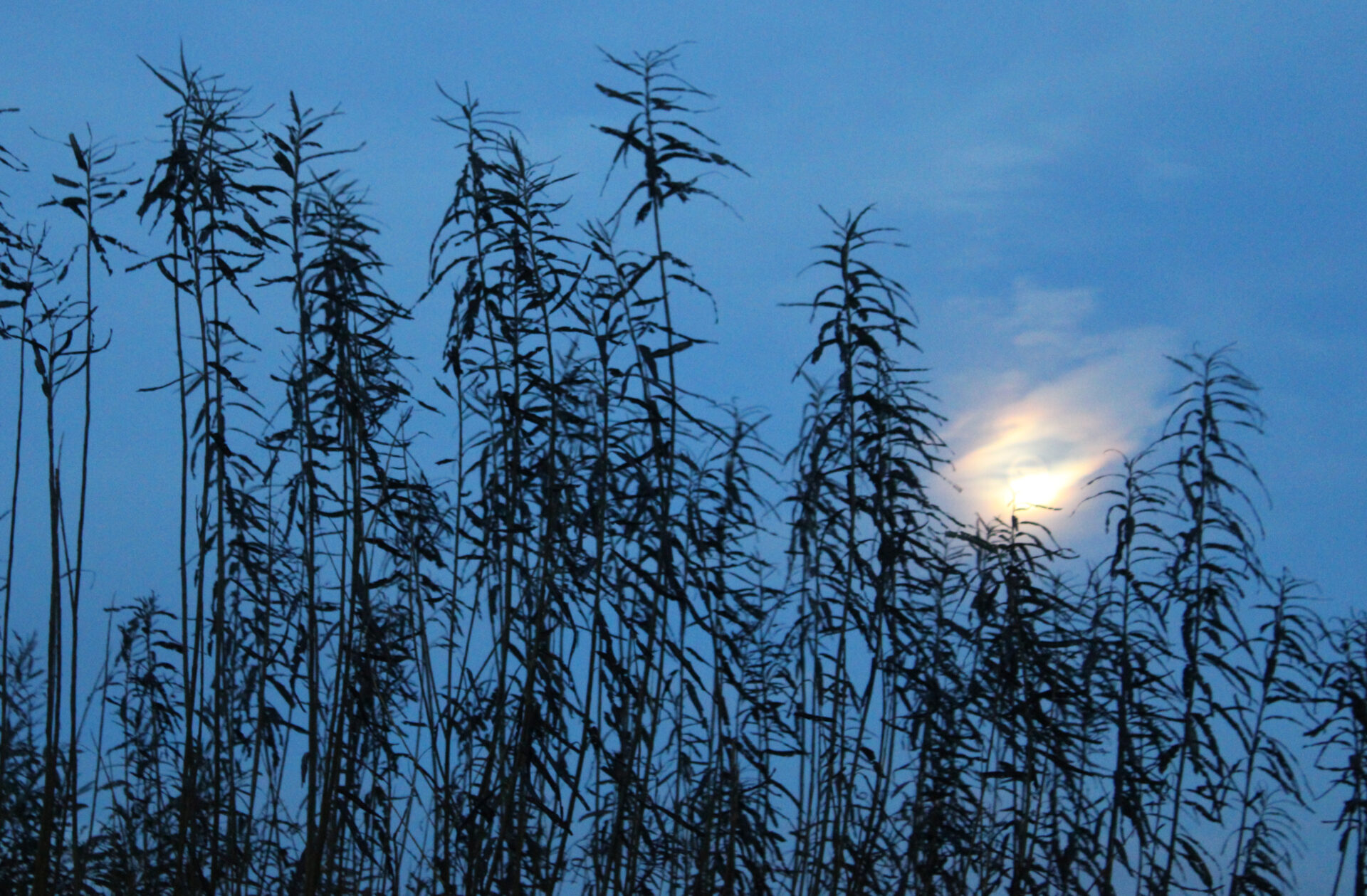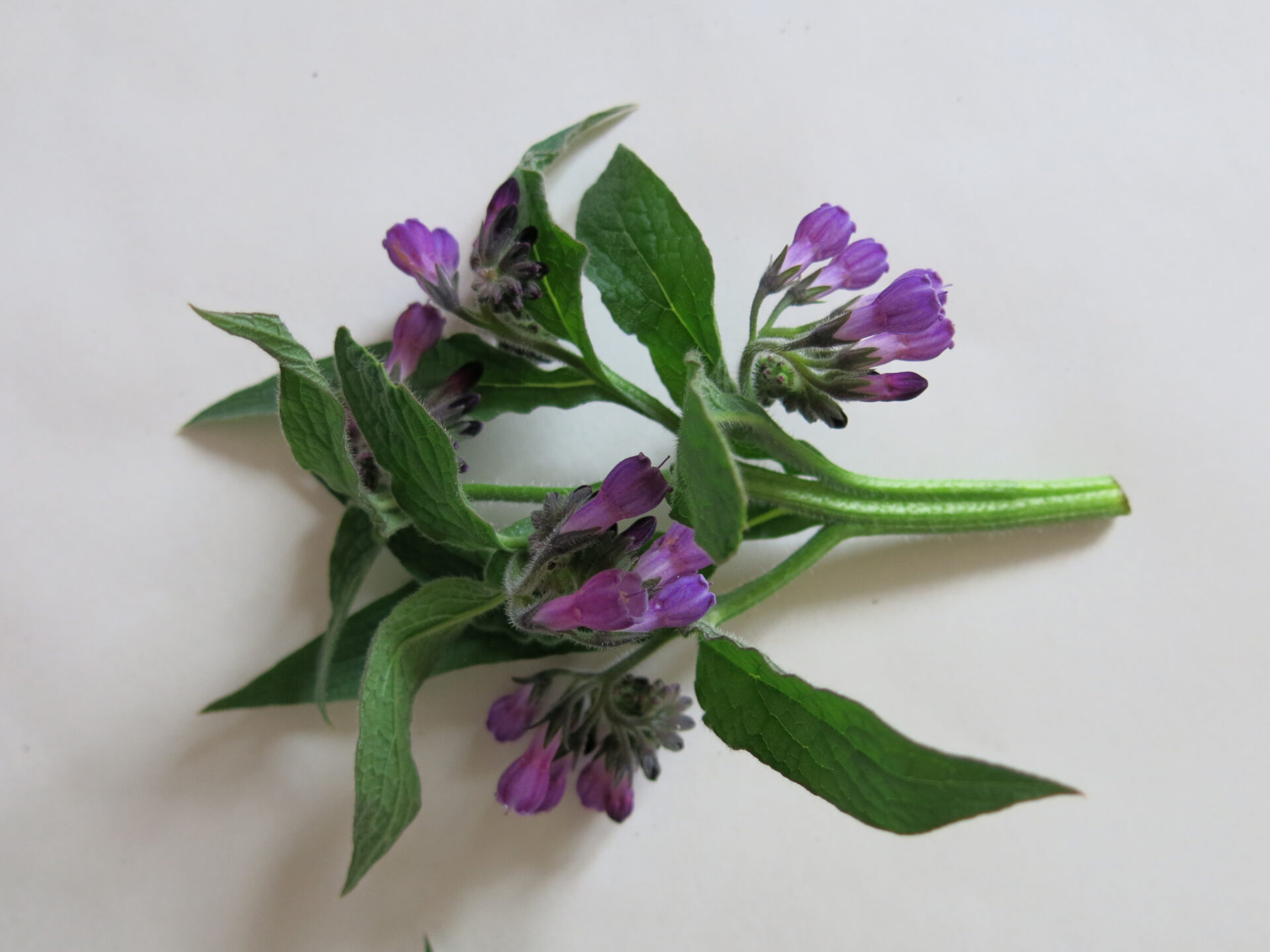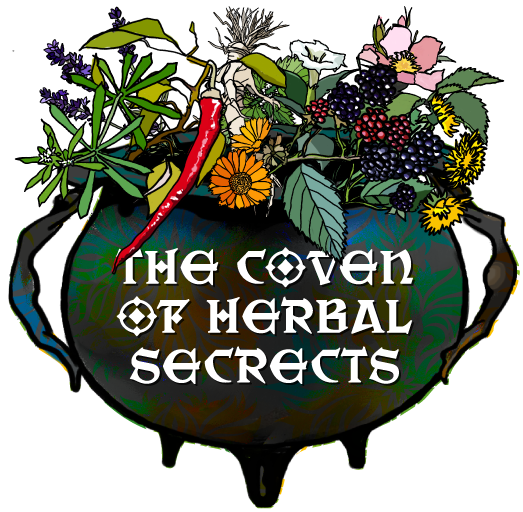Anneliese is becoming a featured article writer for the Sensory Herbalism Blog. She is currently study Sensory Herbalism but has long worked in health and sports science. Here she explores the medicine and history of the uses of Marshmallow.
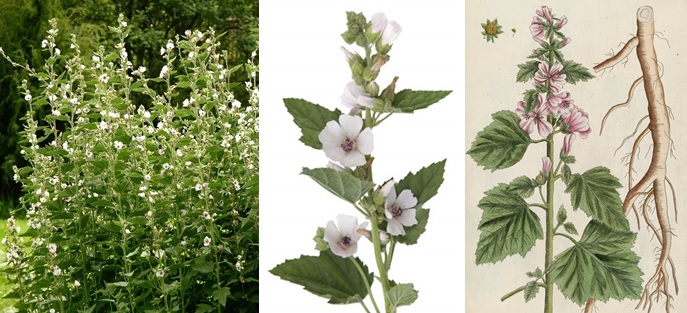
THE FLOWER OF SOFTNESS (NURSE)
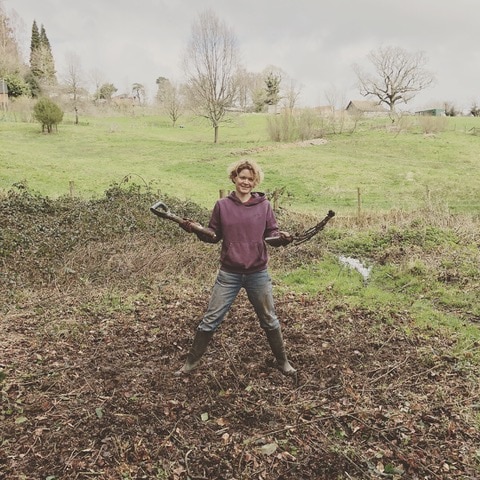
Anneliese is currently on the 2nd year of the Sensory Herbal Apprenticeship, having been passionate about herbal healing and food as medicine for many years. She is an Internationally certified Sports Nutritionist (ISSN) and has lectured on Sport Science and Sports Nutrition for almost 20 years.
Her practice in providing nutritional interventions for athletes led her to herbal supplements to support performance and then a fascination in herbs for all round health. Once she has completed the Sensory Herbal Apprenticeship she hopes to be working with clients to provide herbal healing, leading community herbal workshops and running local herb walks.
Latin Name: Althaea officinalis
Other Species: Hollyhock (Althaea rosea); low mallow (Malva neglecta)
Other Names: Mortification root; sweet weed; wymote; marsh malice; mesh mellice; wimote; Althea (3).
Family: Malvaceae (3). The word malva comes from the Greek malakos, meaning soft or soothing (8).
Planet: Venus (2).
Element: Water
Key words: soft, soothing; anti-inflammatory; digestive system inflammations, skin, smooth, mucilage, heal, moisten; soften, comforting.
Description: hardy perennial (3). Soft hairy white stalks raising 3-4 feet high, spreading forth many branches, with leaves soft and hairy, pointed and cut deep. Flowers all summer long (2), pink or white in late summer and autumn (3). Seeds are in round cases, a ring of seeds. The roots are many and long, full of slimy juice, which being laid in water will thicken as if it were jelly (2).
Parts Used: leaves and Roots (after 2nd year of growth), flowers (3). “Roots used primarily in digestive system, leaf for urinary system and lungs” (14).
Growing habitat: salt marshes, banks near the sea (3), waterways and ditches (14). Full sun with moist, fertile soil (3)
Propagation: Grown from seed or root division, likes full sun (8). Seed trays in autumn and winter outside under glass (3). Can be stratified in the fridge before spring. Germination is erratic, in spring (3). Plant 45cm apart when large enough to handle (3). Cut back after flowering to encourage new growth (3).
Harvesting: leaves fresh as they do not dry well. Roots, dug in autumn after the 2nd year of growth (3), cleaned and dried immediately (4).
Tea tasting:
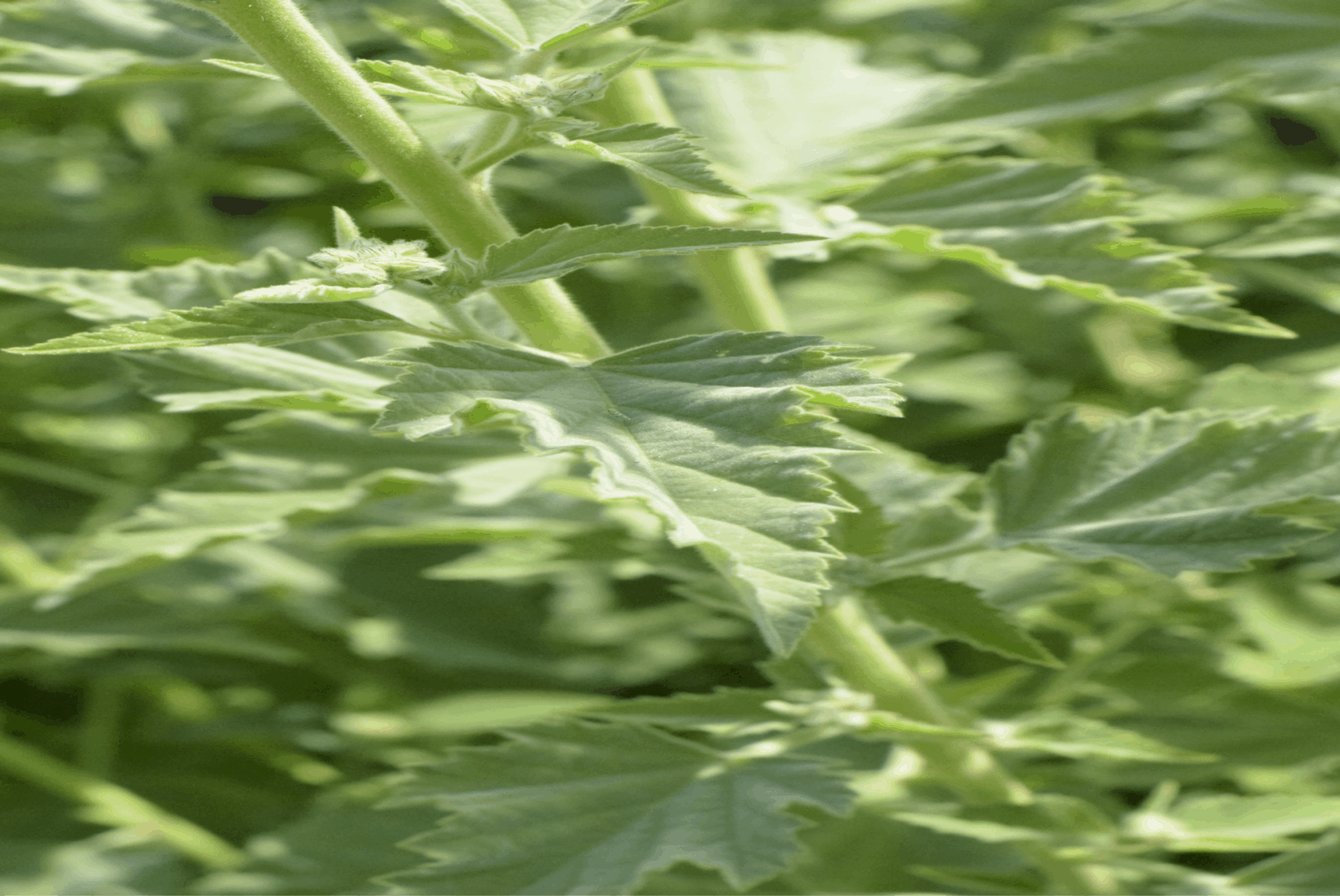
Colour: golden yellow. Thick, viscous.
Smell: rooty, sweet, baking cake, parsnip, soup, savory.
Taste: salty, sweet, rooty, nutritious, hearty, parsnips, moisture.
Texture/ mouth feel: mucilaginous, moist, watery mouth, coating.
Feelings: cooling, heavy in stomach, calming, re-assuring, soothing, digesting.
Energetics: cooling (6); cool, moist, sweet (7).
Tissue State (acted on by herb/ suitable for):
Hot, dry, hard conditions (14).
Atrophy: a lack of trophism or function, undernourished and insufficient energy to function, associated with dryness because fluids carry food, well nourished tissues hold water (15). Tends to produce a thin, dried out, emaciated frame (15).
Excitation: an exaggeration of normal functioning rate of the tissues, an excess of heat, irritation, redness (15).
Lack of moisture.
Specific Indications for use:
Constitution/Complexion: tongue red and dry, glazed shiny surface, sometimes breaks horizontally in the glaze: indicates dryness, hardness and heat (14). Lips red and dry, sore throat (14).
Mind/senses/emotions/personality: inflexible, narrowminded, emotionally rigid, unfeeling, hard hearted, insensitive, unsympathetic (14).
Plant Constituents: mucilage (1); high mucilage (35% in root, 10% in leaf) (3), flavonoids, tannins, (1). 35% Pectin, 1-2 % asparagine (4), scopoletin (a courmarin), polyphenolic acids (5). Cooling irritation and inflammation (6)
Flower: mucilage, flavonoids (expectorant). Leaf: Mucilage, flavonoids, coumarin, salicylic acid (expectorant, diuretic and urinary demulcent). Root: mucilage, polysaccharides, asperagin, tannins (demulcent, diuretic, heal wounds (7).
Actions: soothing, demulcent, emollient, nutrient, alterative, antilithic, antitussive, vulnerary, diuretic (1). Expectorant (leaf – 4). Anti-inflammatory (5). Analgesic, antiseptic, immune enhancer (6). Wound-herb (13). Moistening, soothing (16).
Organ Affinities: digestive, skin (4), respiratory, immune, urinary, external (6).
Medicinal/Physical Uses: inflammation of the alimentary canal, kidney, bladder (1), sooth the pain of cystitis, sooth and protect the membranes of the urinary tract (3). Ulceration of the stomach, duodenum (1). Sooth or cure inflammation, ulceration of stomach and intestine (3). Hiatus hernia (1). When someone has heart burn for a long time the acids which flow back up the oesophagus can irritate and harm it, making it difficult to sleep lying down and cause a sore throat. Marshmallow is great to treat this but will also help if a sore throat is caused by an infection. It won’t kill the infection itself so must be combined with other herbs, but it will help reduce the inflammation (16). Catarrh of the respiratory organs and stomach (1). Dry cough, the plant supplies an abundance of mucilage for protection of the mucus membranes in the nose, mouth (1), sooth a sore throat (3), bronchitis, respiratory catarrh and irritating cough (5). Dissolves phlegm and promotes spitting up, good for acute bronchitis (8). Cystitis, diarrhoea, septic conditions. Leaf acts as a urinary demulcent to sooth a urinary membrane irritated by infection or friction of a kidney stone (4). Root primarily used for digestive issues and on the skin; leaf used for the lungs and urinary system (4). All inflammations of the digestive system such as mouth, gastritis, peptic ulcer, enteritis and colitis (4). Any irritated mucus membranes (4). Demulcent mucilage SOOTHS the digestive, respiratory and urinary systems, while the tannins HEAL inflammation and ulceration of mucus membranes (8). Emollient action will soften and break-up hard tissue (14). The most diuretic of the mucilages, the most mucilaginous of the diuretics (14).
“marshmallow is a wonderful remedy for any kind of irritation inside or outside the body because of its great soothing and healing properties” (8).
EXTERNAL: cleanse and heal open wounds (1). Poultice or ointment applied topically to boils, abscesses, ulcers, and wounds to draw effete matter to the surface for expulsion (1), to help with poorly healing or infected wounds (13)2. Scalds and burns, sunburn (8). Pulverized root can be used as a healing and drawing poultice, applied warm (3). Varicose veins, ulcer, abscess, carbuncles and boils (4), bed sores (5). To make a poultice pound up the roots and pour on boiling water. When this cools strain through a cloth, wrap the cold wet herb material in a clean cloth and put on the skin. This is a cold poultice. A hot poultice would use warm herb material and usually put a hot water bottle behind it to keep it warm once
It’s on the body (16). Can also use Marshmallow on boils, abscesses and sore nipples (16). Physicians in the medieval times found that Marshmallow helped old stubborn wounds to heal (16). Ointment can be used to draw out pus, splinters and thorns (13). A wash of marshmallow can be used for eczema and psoriasis (14). Haemorrhoids (14).
ROOT = lungs
LEAF = kidneys
Emotional Uses: Marshmallow helps to soften a person, in a world where all too often we’ve become too hardened, we close our hearts to protect ourselves. Hardly anyone is truly mean spirited they are simply harsh on themselves and
those around them, they could do with some Marshmallow to help them become more flexible, open hearted and
emotionally available (16).
Specific Indications (symptoms for which this plant will remedy):
Digestive: ulcerative colitis, gastritis, peptic ulcers (anti-inflammatory action). Heartburn, IBS, constipation (mucilage sooths) (6). Crohn’s disease (palliative not curative), inflamed digestive tract, over-acidity, gastric ulcer, diarrhoea, dysentery (14).
Skin: insect bites, wasp and bee stings (leaves applied). Sooths and heals inflamed skin, sore nipples, mastitis, acne and eczema. Warm poultice draws out splinters, boils and abscesses. Mouthwash, gargle for sore throat and inflamed gums (6). Inflamed skin, dry, red, cracked (14).
Immune: Antimicrobial against staphylococcus aureus; stimulates production of WBC (6). Swollen, hard lymph glands (14).
Respiratory: sooths dry cough, sore throat, laryngitis, bronchitis and croup. Mild expectorant and immune enhancer clear catarrh and alleviates inflammation (6). Dry cough in throat or upper bronchus; congestion, catarrh, bronchitis, asthma, whooping cough, emphysema (14).
Urinary: cystitis, urethritis, irritable bladder. Soothing diuretic eases passing of gravel and stones (6).
Head: sore or inflamed eyes (14).
Sensory Preparations:
Party Potion Drops (Solar Plexus).
PissEase Tea
Breathe Easy Tea
Preparations:
Mucilage extracts poorly in alcohol, often used in capsule or powder form (14).
Cold decoction: 0.5-1 tsp dried herb in cold water overnight (1). Can be used as douche for inflamed eyes (1). The root is better cold water extracted (14).
Decoction – chopped root, simmer 10-15minutes, 3 x day (4).
Tincture – 1:5 alcohol, 25%, 2-5ml (1). 1-4ml, 3 x day (4).
Compress or poultice (4). Make a paste from powdered root and a little water (13).
Ointment – 5% powered root in ointment base (1).
Culinary – flowers in salads. Boil the root to soften and fry in butter (3). Roots and leaves can be eaten as vegetable (13).
Herbal combinations:
Peptic ulcer: comfrey (1).
Pulmonary disease: white horehound, liquorice, coltsfoot (1).
Dry cough & inflamed bronchial tubes: mullein and marshmallow tea (13).
Drawing ointment: marshmallow and slippery elm (1).
Ulcerative conditions: comfrey (4).
Bladder inflection: calendula and thyme (16).
Dosages:
2-5g of dried root, 3 x day, should not be boiled (1).
Safety and contraindications:
May delay absorption of other drugs taken at the same time (5).
No known cautions (14).
Folklore, traditional uses and Magic:
Althaea comes from the Latin altheo, meaning “I cure” (3). The name Malvaceae comes from the Greek word Malake meaning soft (16). Marshmallow does indeed give its name to the Sweet, the roots were once used to make a rudimentary version of the marshmallow sweets we have now (16). The marshmallow sweet was originally flavoured with the root (3). Native to the salt marshes along the oceans on Europe (14).
Flower Essence:
To engender warmth and openness. For those that feel isolated, lonely, cut off, or unable to give and receive warmth or friendship. It helps to overcome barriers to friendship of insecurity, fear or lack of trust, and helps to sooth and ease communication (8). A remedy for a hardened personality, inflexibility, hardheartedness, intolerance and inability to feel emotions (14). A heart remedy to keep the heart in contact with the lower chakras (14).
Research Evidence:
11. The flowers of Althea officinalis, commonly known as marshmallow, have traditionally been used for the treatment of inflammatory diseases and chronic pain from the ancient time. The flowers of Althea officinalis possess anti‐inflammatory activity and decrease capillaries permeability by reducing the release of PGE from inflammatory tissue. Scopoletin (one of the main constituent of the leaves of Althaea officinalis) can improve Rheumatoid Arthritis (RA) through inhibiting the release of the pro‐inflammatory cytokines (PGE2, TNF‐α, IL‐1β and IL‐6) and suppressing the expression of COX‐2. Scientific literature suggests activation of a transcription factor, namely nuclear factor (NF), which binds to significant consensus DNA factors that exist on the promoter of specific genes, to trigger the expression of pro‐inflammatory cytokines. Scopoletin significantly downregulates Rel A (p65) that is a subfamily of NF‐κB in nucleus of human mast cell line. It is reported that activation of NF‐κB is mediated by phosphorylation and degradation of inhibitor of NF‐κB (IκB), resulting in the nuclear migration of NF‐κB binding to DNA, and stimulates cytokine genes expression. Suppression of IκBα phosphorylation and degradation in cytoplasm of human mast cell by scopoletin has a pivotal role in anti‐inflammatory potential of this natural remedy.
Likewise, scopoletin improves histological architecture of arthritic joints, limits synovial hyperplasia, reduces the formation of new blood vessel within the synovial tissues and inhibits erosive changes in the bone and cartilage. Synovial macrophages are stimulated to secrete vascular endothelial growth factor (VEGF), which binds to specific receptors on local endothelium and initiates angiogenesis and migration into the joint cavity, with a resultant enhancement in vascular permeability. Deregulated expression of VEGF in RA suggests a potential role for VEGF in the disease pathogenesis. There is considerable interest in targeting angiogenesis and its related growth factors to discover novel therapeutic approaches for successful protection and treatment of RA. A high dose of scopoletin reduces the overexpression of VEGF, basic fibroblast growth factor (bFGF)‐2 and IL‐6 in the synovial tissues of animals with adjuvant‐induced arthritis. Thus, this natural compound possesses therapeutic benefits in RA through anti‐angiogenic alterations and a decrease in neovascularization mediated by suppressing IL‐6, VEGF and FGF‐2 overexpression.
12. Decoction of the flower is commonly used in the treatment of gastric ulcer and inflammation. This investigation explored the medicinal effects of water extract of Althaea officinalis flower on inflammation, gastric ulcer and antiplatelet activity. Blood lipid profile and potential hepatotoxicity were assessed after 1 month of administration of the extract via drinking water to rats. Rats were in four groups (n = 8 each). Group I = plain water (control), groups II, III, and IV received extract solution at 50, 250, and 500 mg/kg b.w., respectively (human equivalent for 50kg weight = 2500mg (2.5g); 12500mg (12.5g); 25000mg (25g). The liver is an essential organ in the body and the major one for metabolism of drugs and exogenous toxins. For this reason, reports of hepatotoxicity must be included in any study conducted on medicinal herbs. After 1 month of extract intake, a hepatoprotective rather than hepatotoxic effects of the extract on the liver cells, meaning that there is no fear of liver toxicity and hence the extract may be safe to consume. The water extract of Althaea officinalis flowers exhibited promising anti-inflammatory activities at all doses used. The inhibition of inflammation ranged between 41–78% and 52–68% in acute and chronic inflammation, respectively. The 250 mg/kg b.w. dose (12.5g equivalent in 50kg human) appeared to be the optimum dose in both, producing an effect comparable to that of diclofenac, the reference anti-inflammatory drug. Studies conducted on roots of Althaea officinalis have also demonstrated the role of the plant in inflammation. Flavonoids, in general, have been recognized to possess anti-inflammatory activity by decreasing the release of inflammatory mediators, stabilizing cell membranes. In addition, the mucilage was shown to possess anti-inflammatory activity. In this study, Althaea officinalis flower extract demonstrated a dose-dependent protection against ethanol-induced gastric ulcer. It has been shown that mucilage and flavonoids have the property of covering and protecting gastric mucosa, thereby reducing the incidence of gastric ulcer. The gastroprotective effect observed in this study are attributed to active compounds found in the extract such as flavonoids and mucilage polysaccharides. The effect of water extract of Althaea officinalis flowers on platelets aggregation was investigated and inhibition of platelet aggregation was demonstrated. Flavonoids present in the flower of Althaea officinalis may be responsible for the inhibition of platelet aggregation observed and support the use of flavonoids in folk medicine in the protection from thrombosis and heart shock. This investigation demonstrates many potential benefits of the Althaea officinalis flower aqueous extract, thus confirming the traditional use of the flower in treating gastric ulcer and inflammation. The lack of hepatotoxicity, the improvement of HDL cholesterol level, and the antiplatelet activity are additional benefits to be noticed.
References:
- Bartram, T. (2015). Bartram’s Encyclopaedia of Herbal Medicine. Robinson; London.
- Culpeper, N. (1995) [1653]. Culpepers Complete Herbal. Wordworth Editions Ltd, Hertfordshire, UK.
- McVicar, J. (2009). Jekka’s Complete Herb Book. Kyle Cathie Limited; London.
- Hoffman, D. (1990). Holistic Herbal: A Safe and Practical Guide to Making and Using Herbal Remedies. Thorsons; London.
- Hoffman, D. (2003). Medicinal Herbalism, The Science and Practice of Herbal Medicine. Healing Arts Press; Vermont; USA.
- McIntyre, A. (2010). The complete herbal tutor. Gaia, London.
- Ody, P. (1994). The Herb Society’s Complete Medicinal Herbal. Dorling Kindersley Ltd, London, UK.
- Fischer-Rizzi, S (2003). Complete Earth Medicine Handbook: Revised Edition. Sterling Publishing Co; New York.
- McIntyre, A. (1996). Flower Power. Henry Holt and Co. Inc.; New York, USA.
- Murray, MT. (2012). The Encyclopaedia of Natural Medicine (Third Edition). Atria Paperback, New York, USA.
- Farzaei, M. H., Farzaei, F. , Abdollahi, M. , Abbasabadi, Z. , Abdolghaffari, A. H. and Mehraban, B. (2016), A mechanistic review on medicinal plants used for rheumatoid arthritis in traditional Persian medicine. J Pharm Pharmacol, 68: 1233-1248. doi:10.1111/jphp.12606
- Rouba Hage-Sleiman, Mohamad Mroueh & Costantine F. Daher (2011) Pharmacological evaluation of aqueous extract of Althaea officinalis flower grown in Lebanon, Pharmaceutical Biology, 49:3, 327-333, DOI: 10.3109/13880209.2010.516754
- Steel, S (Eds) (2011). Neal’s Yard Remedies: cook, brew and blend your own herbs. Dorling Kindersley Ltd; UK; London.
- Wood, M. (2008). The Earthwise Herbal Volume 1: A complete guide to old world medicinal plants. North Atlantic Books; Berkeley, CA, USA.
- Wood, M. (2004). The Practice of Traditional Western Herbalism: basic doctrine, energetics and classification. North Atlantic Books; Berkeley, CA, USA.
- Richardson, N. (2017). Forage Botanicals Listen Course monograph. Issue 29, Oct 2017.

